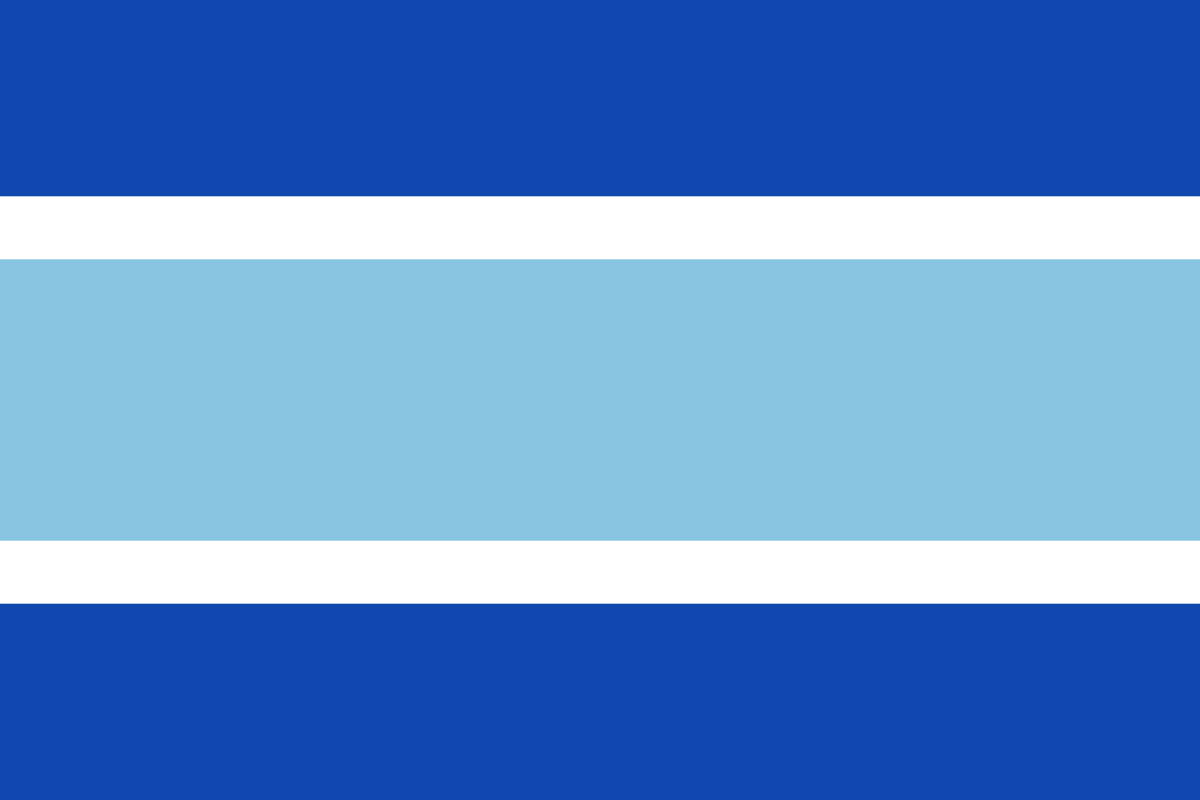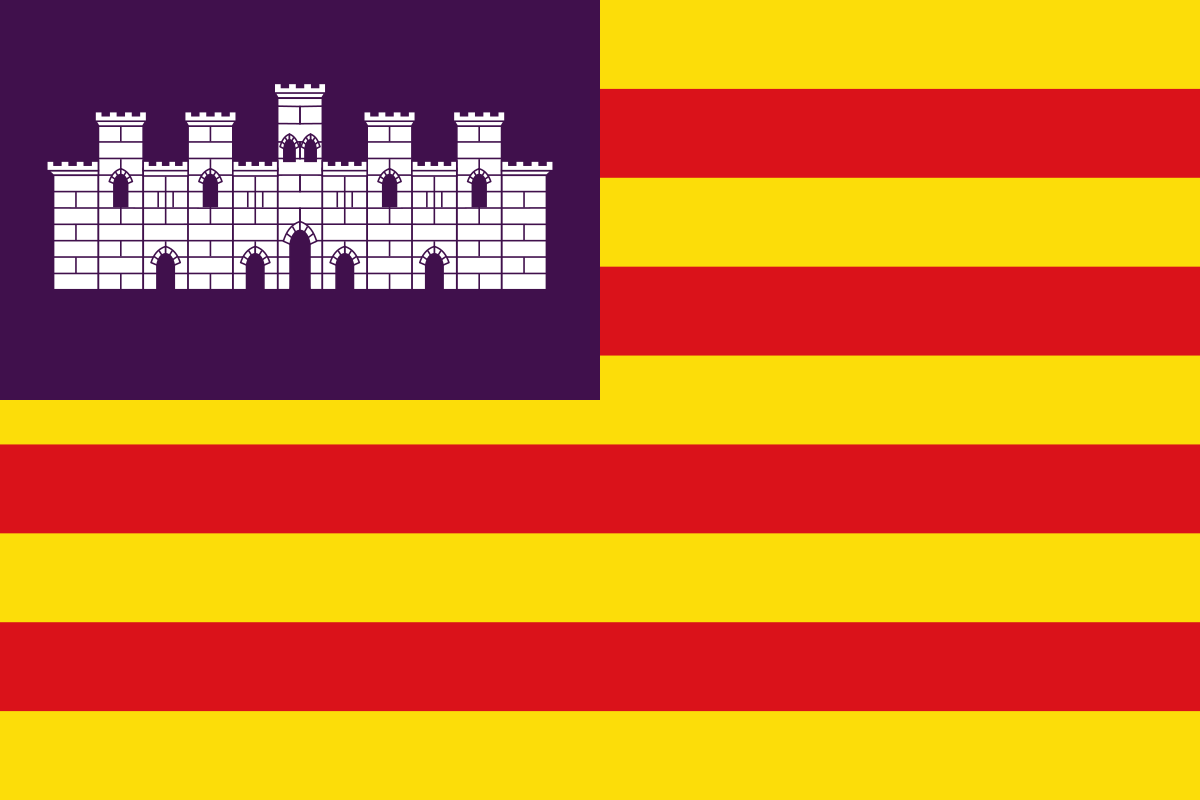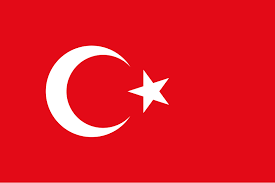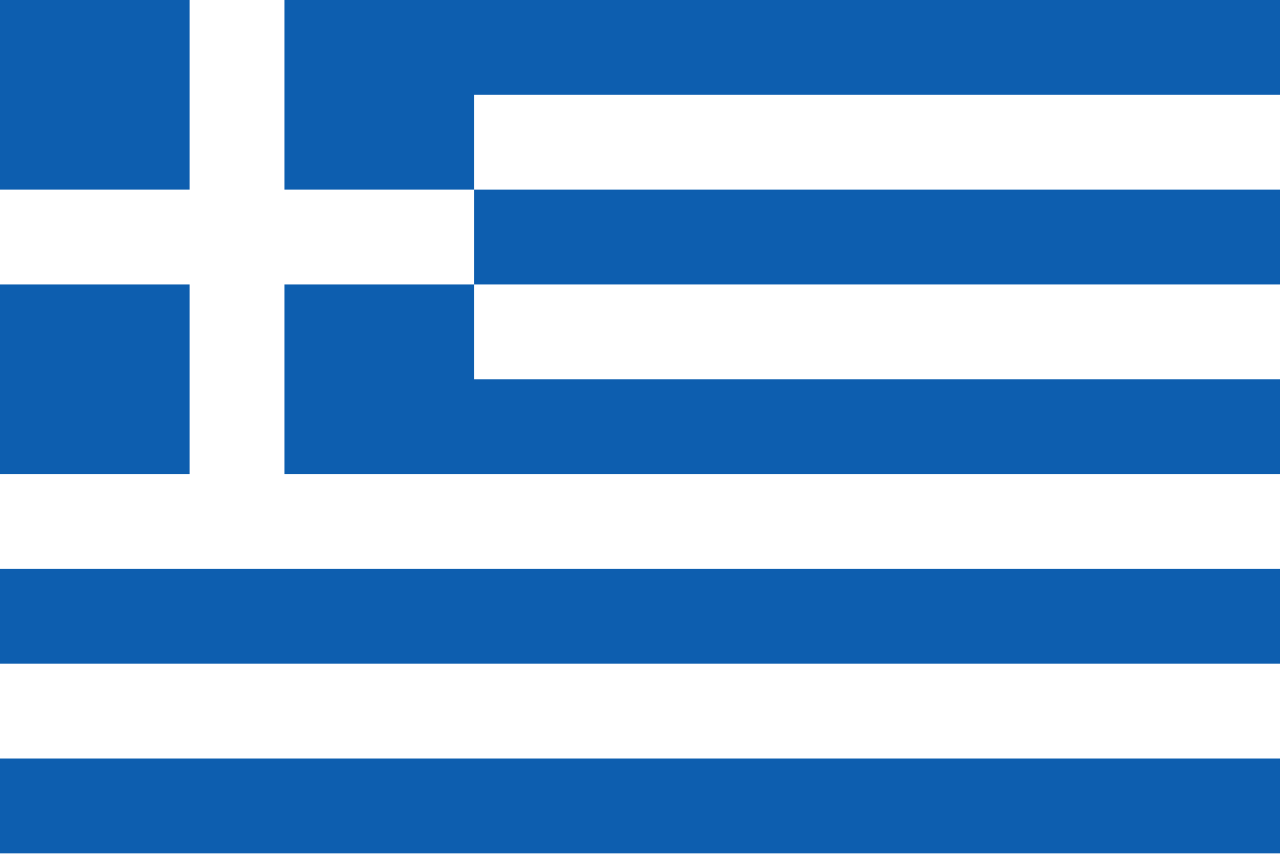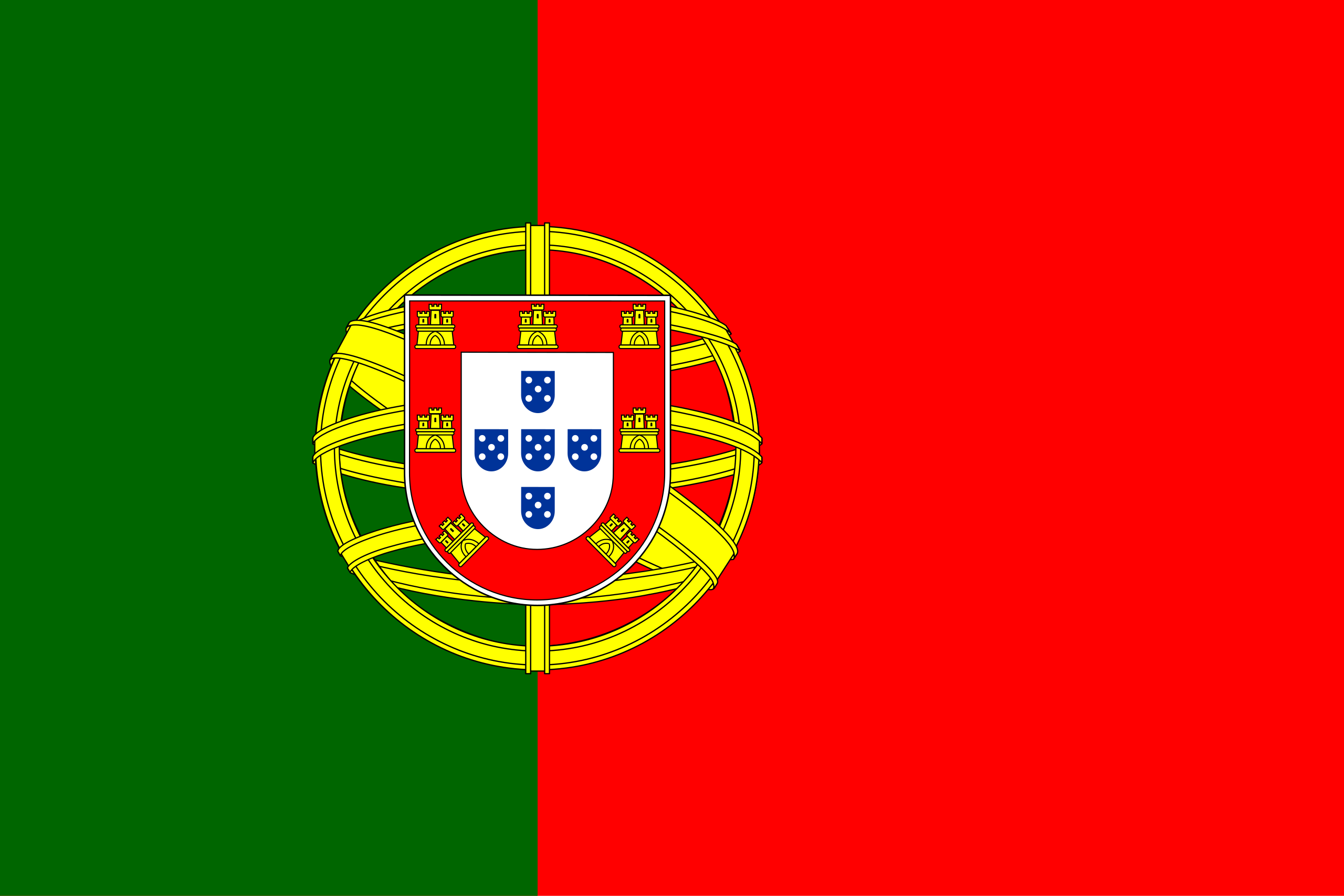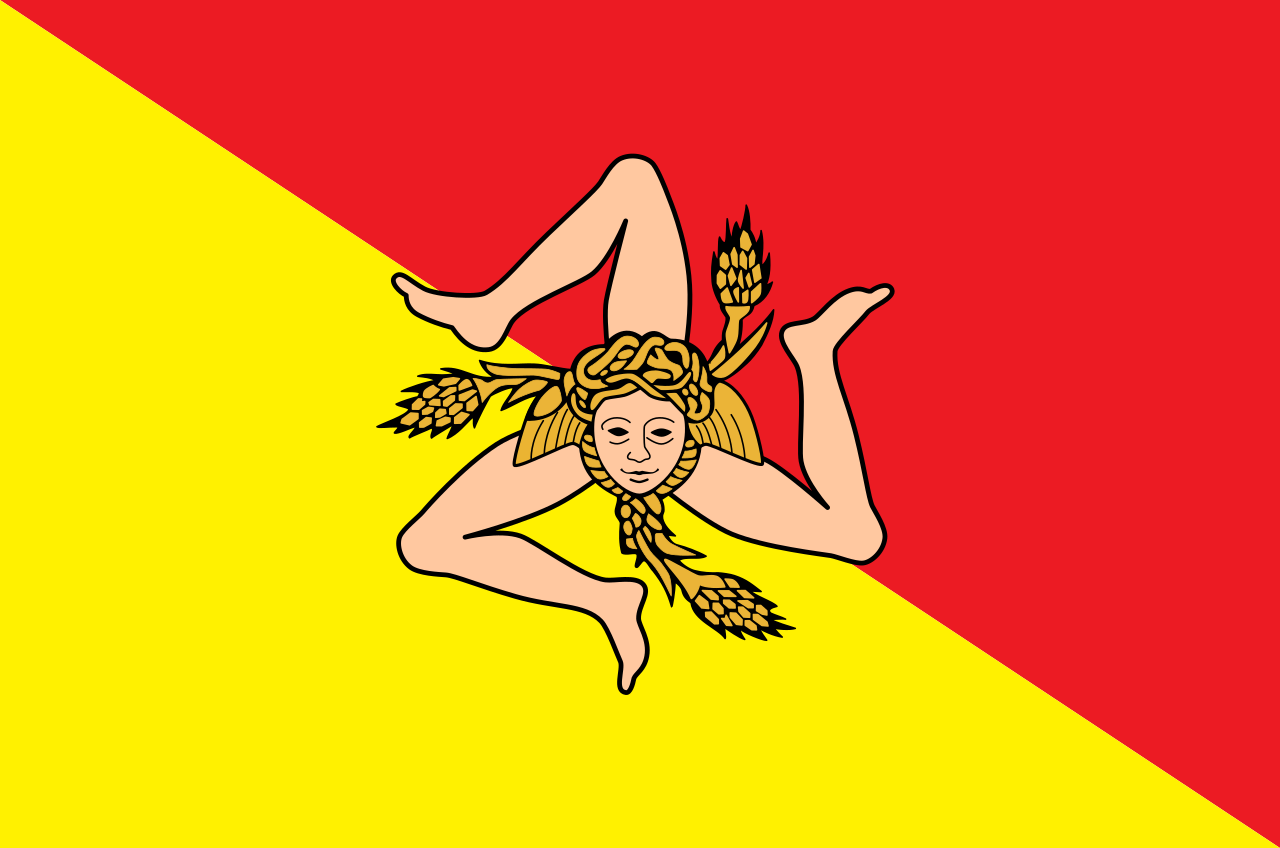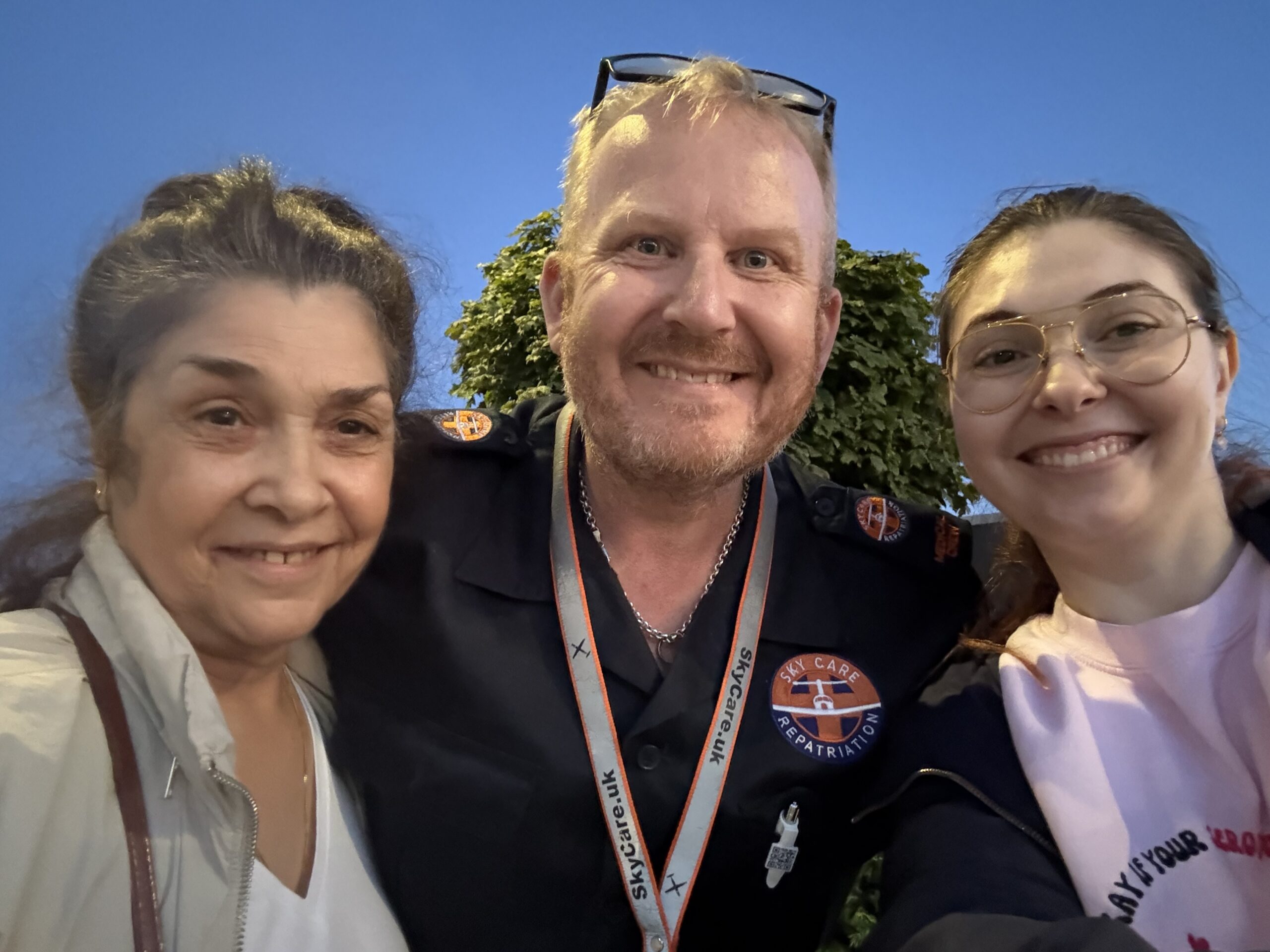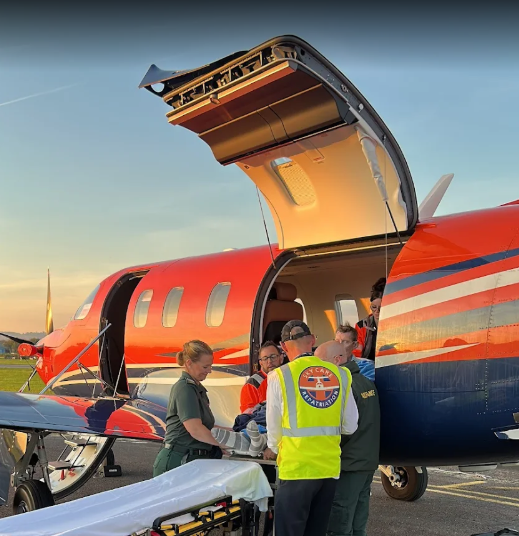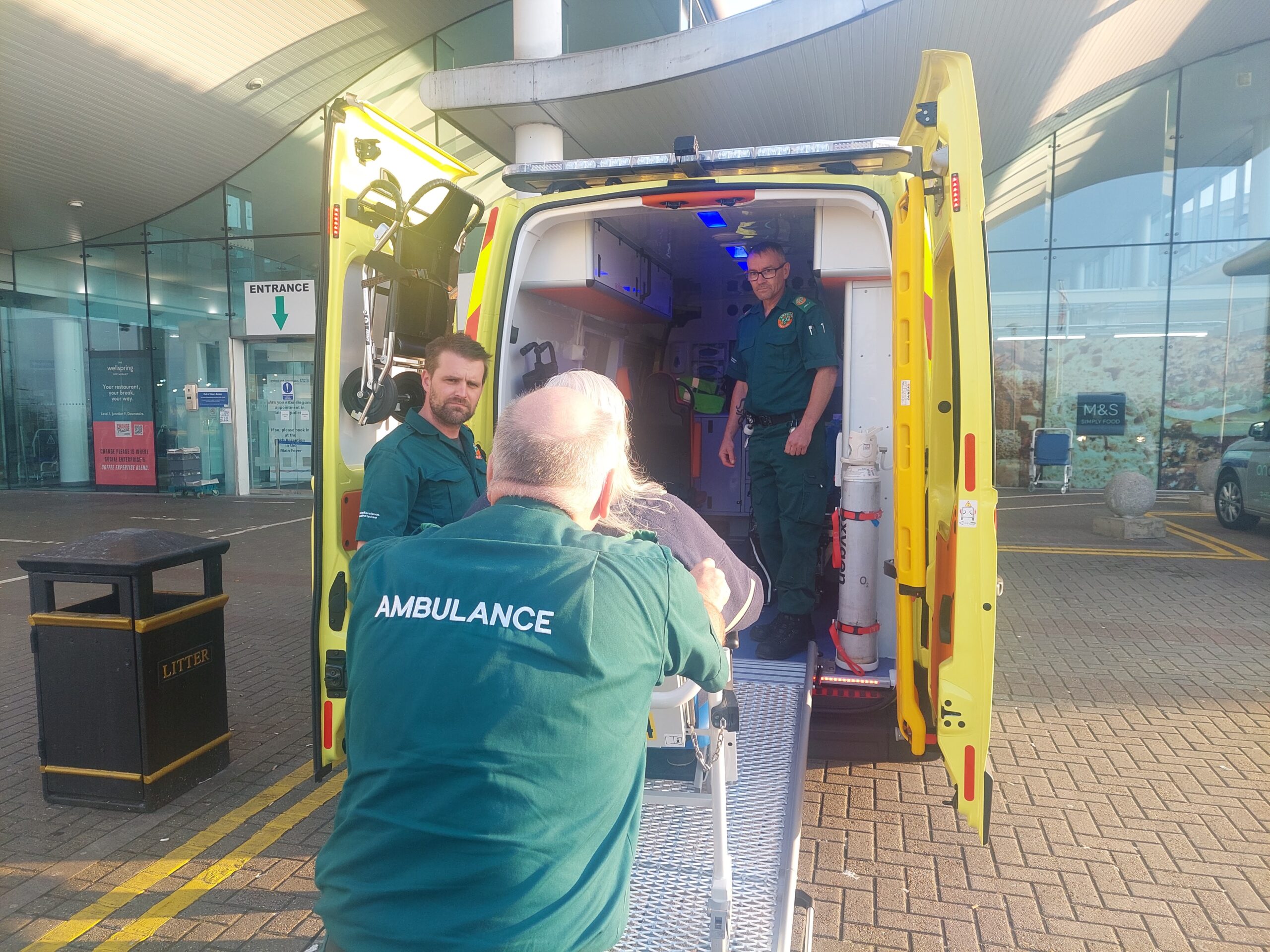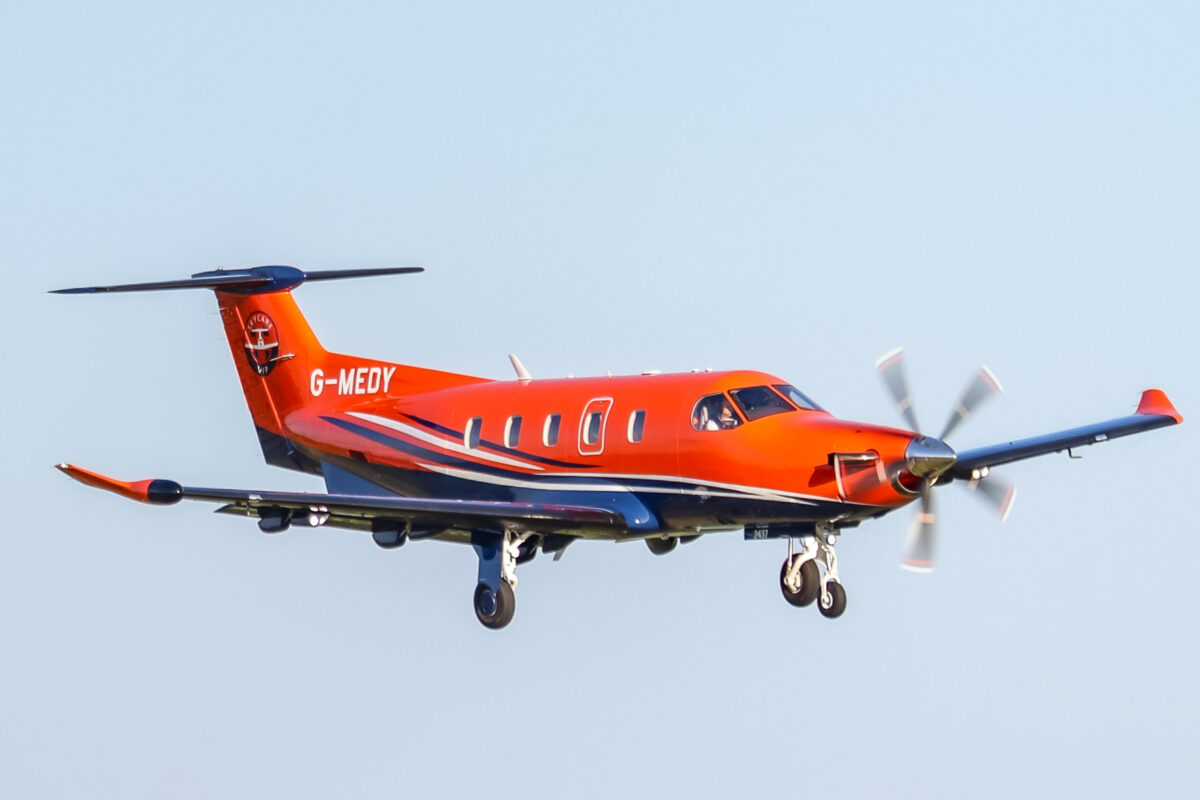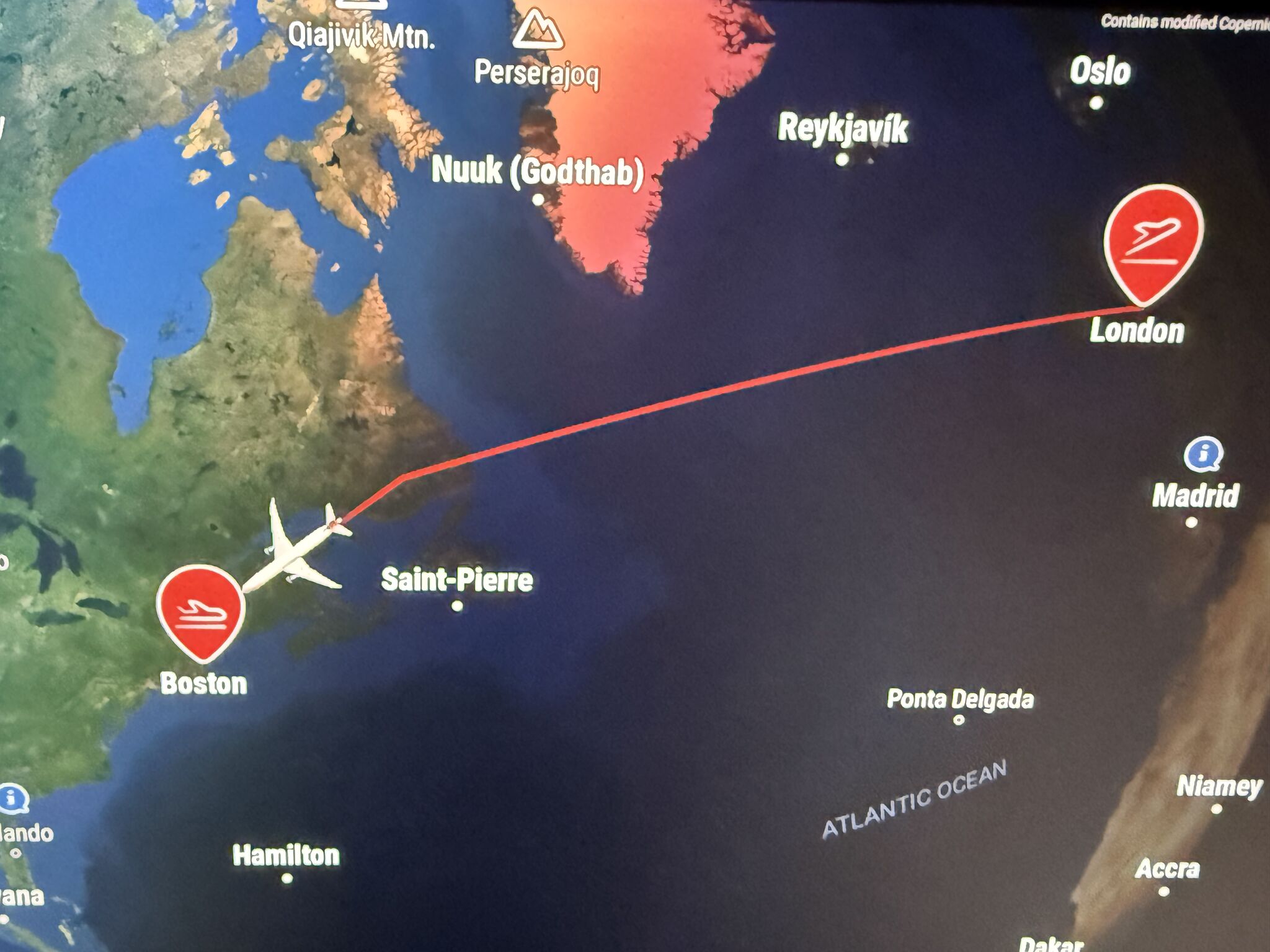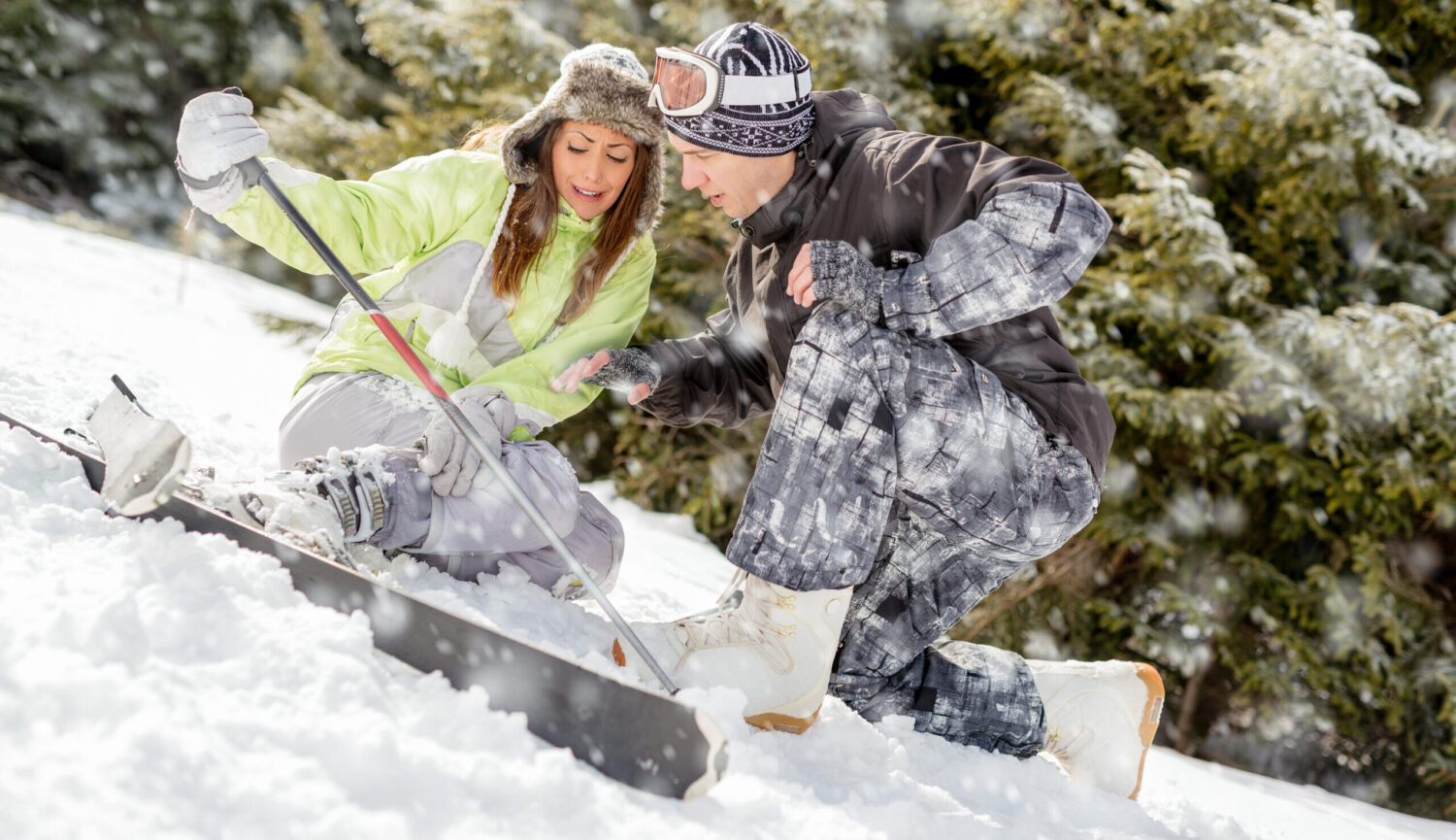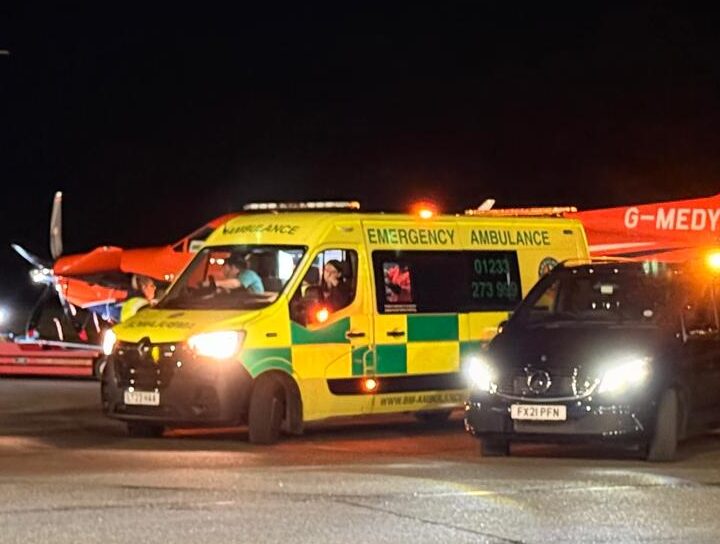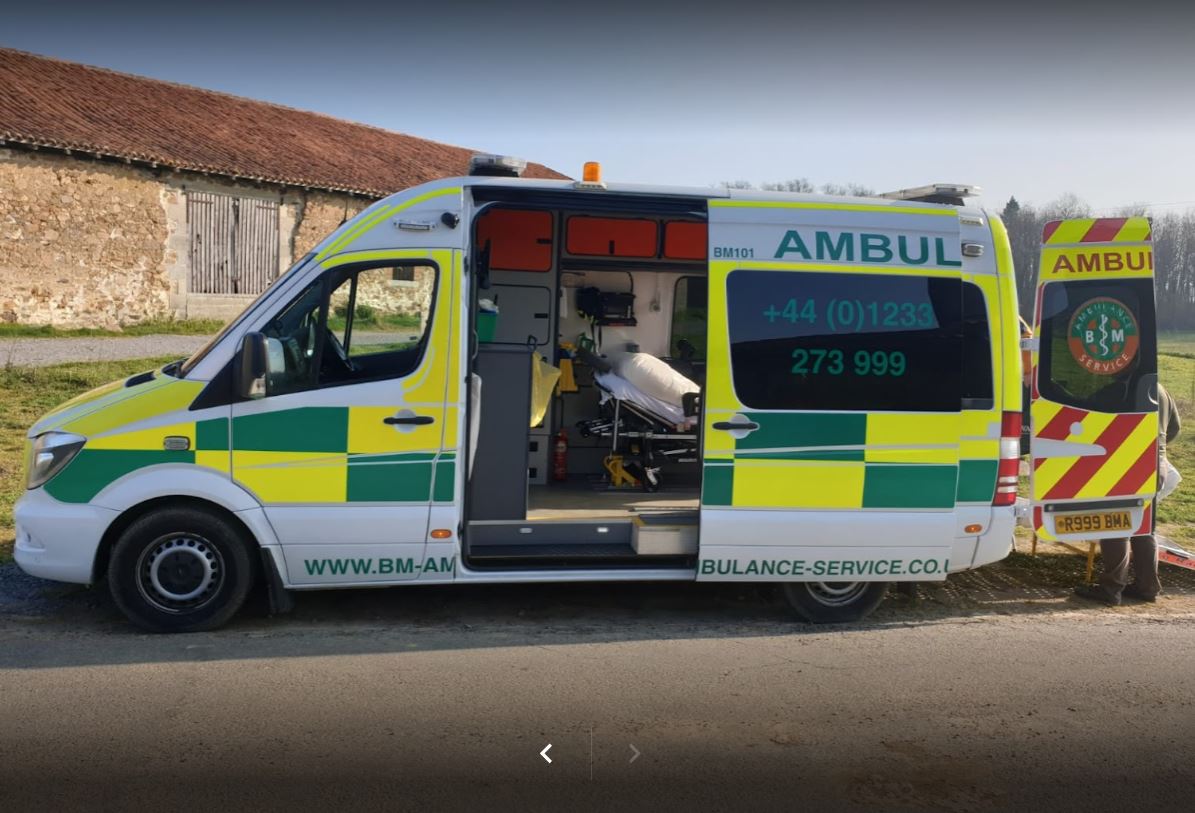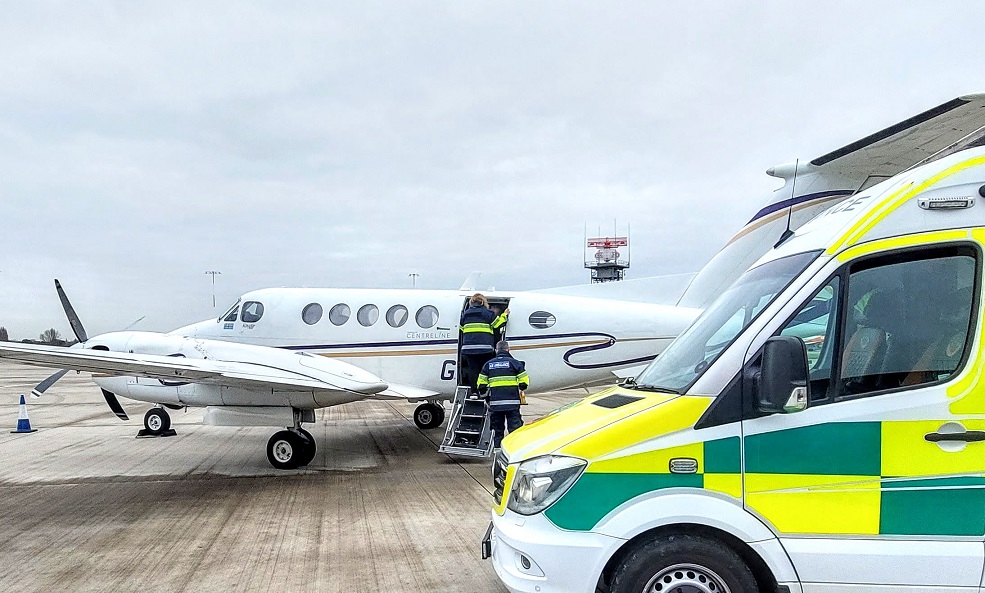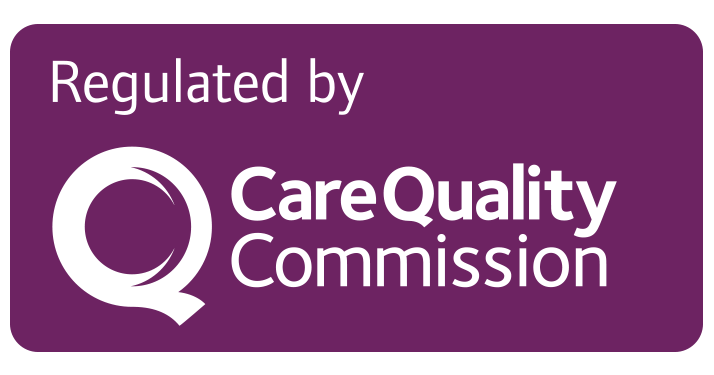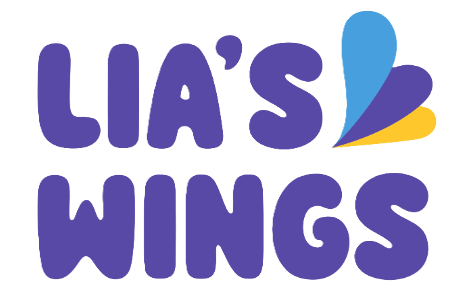Most Dangerous Ski Runs
The ski runs where injuries escalate
Most Dangerous Ski Runs for Injury & Medical Risk
Winter sports injuries don’t always happen on the most dangerous ski runs — but when they do, getting the right medical care can be the difference between a smooth recovery and a costly evacuation.
Every year, thousands of skiers and snowboarders suffer serious injuries at resorts across Europe, North America, and Asia. Some are caused by high-speed collisions, others by icy moguls, poor equipment, or simply exhausted legs on day three of a trip. And while most major resorts offer decent on-site clinics, a worrying number still fall short when it comes to trauma care, rapid emergency response, or safe repatriation options. That’s where SkyCare steps in — offering medical air transport, stretcher flights, and doctor-led repatriation from even the most remote alpine hospitals.
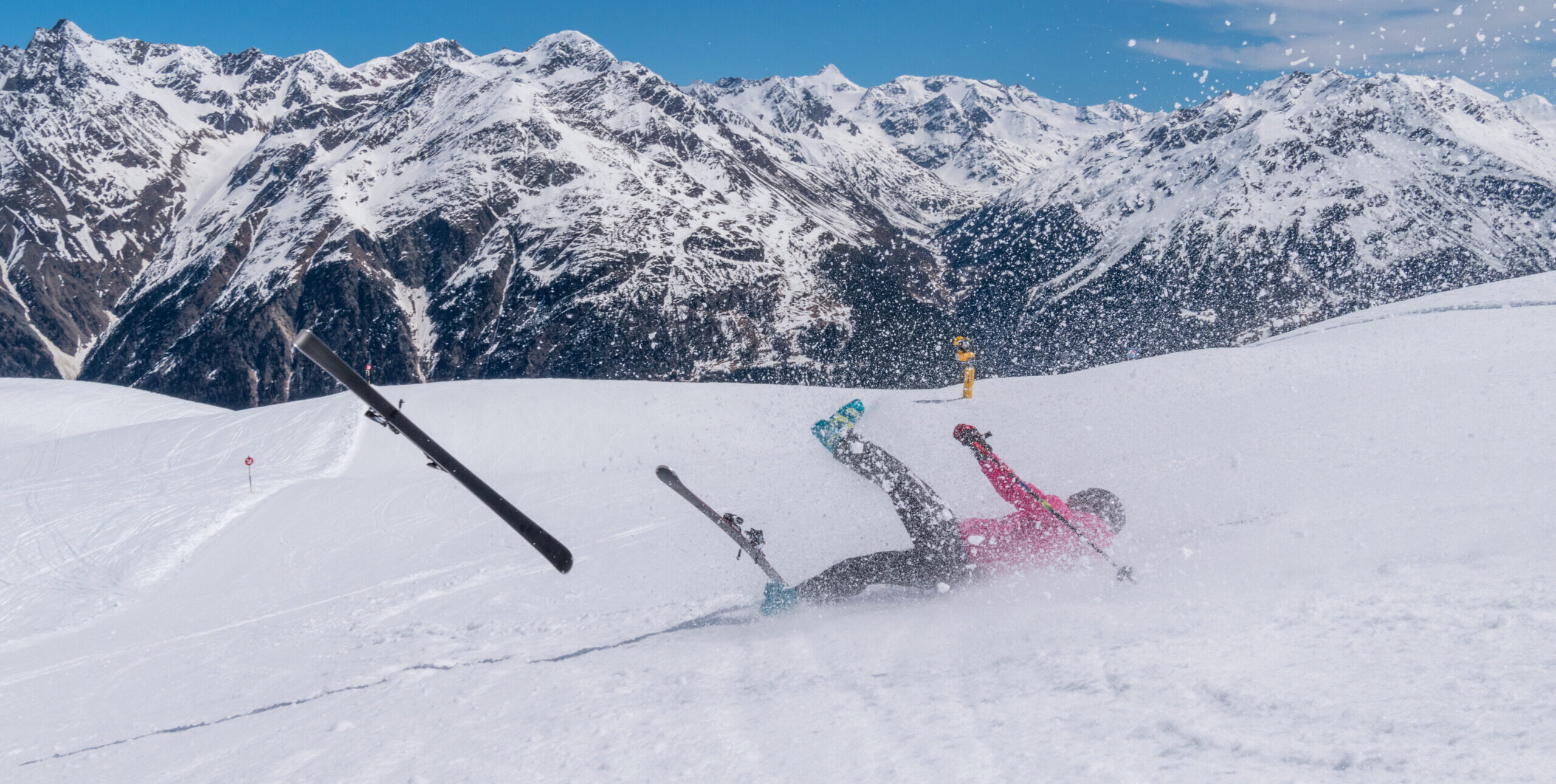
In this guide, we explore the realities of ski accidents and repatriation — from injury statistics and prevention tips, to the risks posed by extreme ski runs and under-resourced resorts. We’ve broken the page into five focused sections to help you navigate the key topics:
-
-
- Ski Accident Statistics – How often do people get hurt? Which injuries are most common? Who’s most at risk on the slopes?
- Worst Ski Resorts for Medical Care – Which popular resorts lack adequate hospitals, helicopter access, or emergency infrastructure?
- Skiing Injury Prevention & Medical Advice – Evidence-based tips to help you avoid injury and reduce the chance of costly medical evacuations.
- UK Skiers: Insurance, EHIC/GHIC & Medical Repatriation – What every British skier should know before hitting the slopes abroad.
- Top 10 Most Dangerous Ski Runs – From the Streif to Corbet’s Couloir, these legendary pistes come with extreme risks and stunning views.
-
The Real Risk Behind Ski Accidents Abroad
While skiing is one of the most exhilarating winter holiday activities, it’s also one of the most misunderstood when it comes to injury risk, medical response times, and repatriation complexity. Many travellers assume their GHIC or standard insurance policy will cover them — until a fractured femur, head injury or spinal trauma occurs in a small resort clinic hundreds of miles from the nearest trauma centre. Some families face five-figure costs just to fly a loved one home safely, and delays in treatment can lead to worse outcomes if not properly managed.
Our aim is to bring clarity to that risk — and to provide helpful, practical insights that can protect you and your family. Whether you’re skiing in Chamonix, St. Anton, Whistler, or Hokkaido, the underlying issues are similar: altitude, isolation, and adrenaline don’t mix well with slow or under-equipped medical response systems. For many injured skiers, local care is just the start — what follows is a logistical challenge involving insurers, fit-to-fly doctors, and cross-border transport.
What Makes the most Dangerous Ski Runs?
“Dangerous” isn’t always about steepness. Some of the world’s most medically risky ski areas are not extreme double-black pistes — but scenic blue or red runs with poor signage, overloaded clinics, or miles of unpatrolled terrain. Key risk factors include:
- Gradient & speed potential – Fast descents increase risk of collision and major trauma.
- Icy or crowded terrain – Poor conditions and busy slopes raise the chance of falls.
- Remote location – Far-flung resorts may lack nearby hospitals or fast evacuation routes.
- Medical infrastructure – Not all clinics are staffed with trauma-capable physicians or imaging tools.
- Delayed rescue – Avalanche-prone areas, poor visibility or helicopter access issues can slow response.
Even in the Alps, it’s common for patients to be triaged at a valley clinic, transferred by road to a city hospital, then repatriated by air ambulance to the UK once stabilised. That journey — physically and administratively — can be overwhelming without the right support. At SkyCare, we provide medical escorts, doctor oversight, and seamless bedside-to-bedside transfers from ski resorts across Europe and beyond.
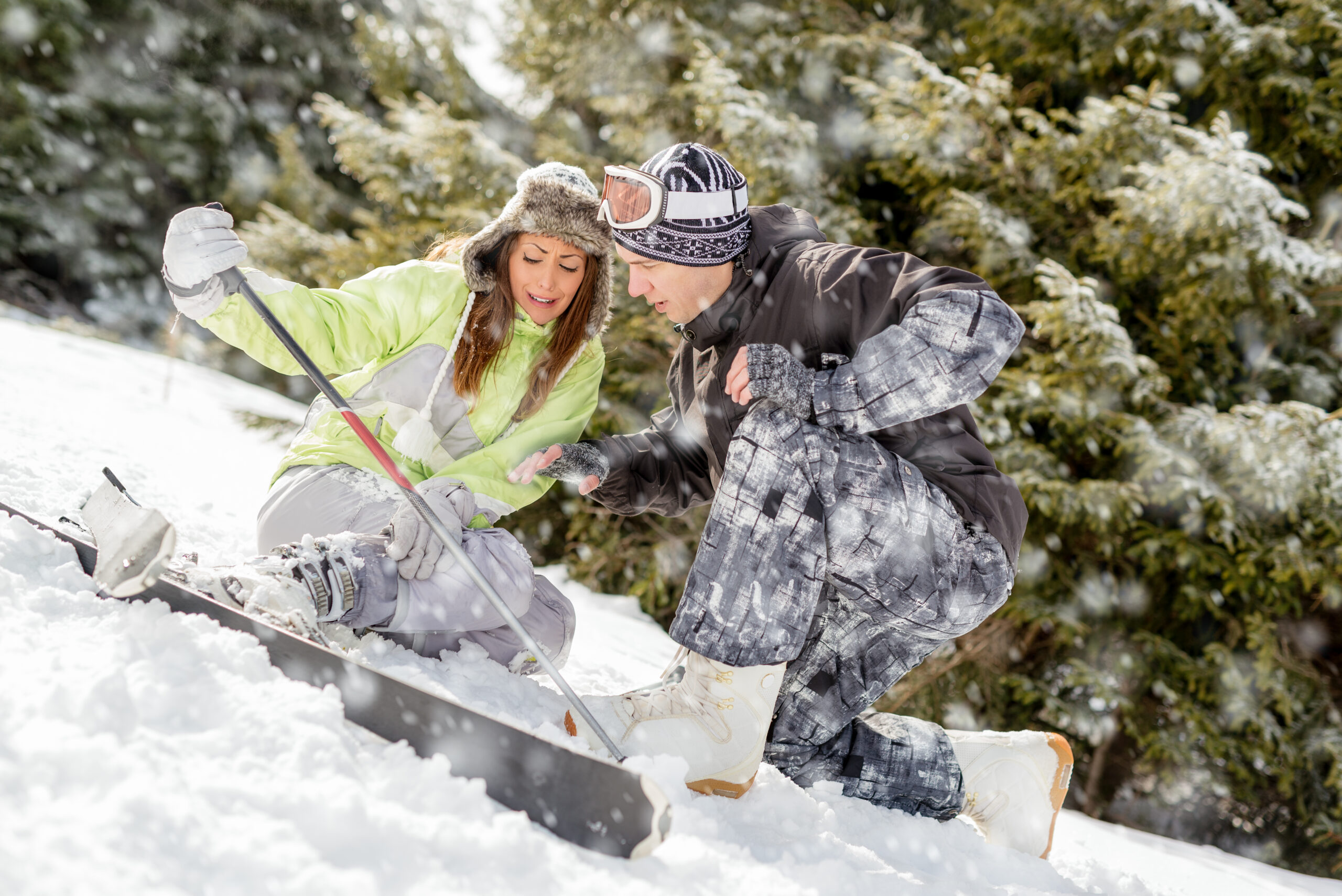
What Every Skier Needs to Know About Injury, Rescue & Repatriation
Whether you’re a frequent skier planning your next trip, a concerned family member researching options after a loved one’s injury, or simply curious about the slopes that have claimed the most knees, this page will arm you with the facts. We’ve included:
- Real-world ski accident statistics and how they relate to British travellers
- Analysis of the worst ski resorts for medical care based on facilities and access
- Injury prevention advice from ski patrols, travel health experts, and insurers
- A deep dive into UK-specific repatriation issues — insurance gaps, EHIC/GHIC use, and how SkyCare can help
- Our editorial list of the most dangerous ski runs in the world, with links to repatriation support by country
Whatever level you ski at — from cautious beginner to mogul-mashing adrenaline addict — understanding the medical landscape around your resort is just as important as checking the snow report.
Ski Accident Statistics: How Often Do People Get Hurt?
Ski Accident Statistics: How Often Do People Get Hurt?
Every winter, millions of people hit the slopes — and while most return home safely, a significant number don’t. Whether it’s a torn ligament, fractured wrist, or head injury, ski accidents are more common than many travellers realise. Understanding the numbers can help you prepare, protect your trip, and know when it’s time to escalate to professional medical help or repatriation.
How Common Are Ski Injuries?
Across major ski regions, injury rates typically range from 2 to 3 injuries per 1,000 skier days. That means for every 1,000 people skiing for one day, 2–3 will likely require some form of medical attention. Snowboarders tend to be at slightly higher risk than skiers, especially for upper limb injuries.
In France alone, there are around 130,000 ski-related injuries per season. About 5% of those cases require hospitalisation, which translates to roughly 6,500 skiers each season needing more than basic clinic treatment. Only a small fraction of cases require helicopter evacuation — but those who do often face serious trauma, spinal injuries, or head injuries.
Most Common Skiing Injuries
- Knee injuries – including ACL/MCL tears, account for 30–40% of ski accidents
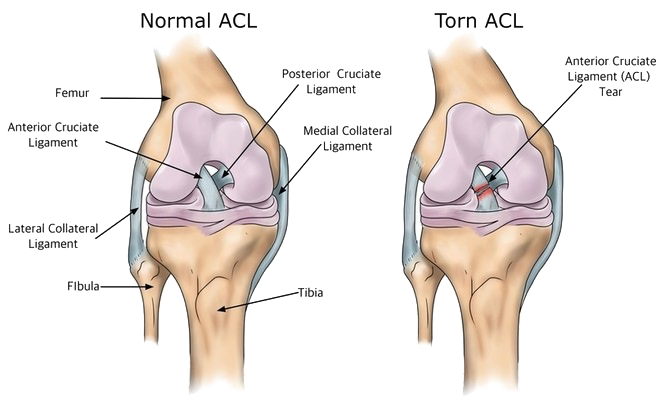
ACL tears are among the most frequent ski-related injuries — understanding the damage is key to recovery.
- Wrist and shoulder fractures – common in snowboarders and beginners
- Head injuries – including concussion and traumatic brain injury, around 15–20% of reported cases
- Spinal injuries – rare but serious, often related to high-speed falls or terrain park crashes
- Hip and leg fractures – especially among older skiers
Children and teenagers are particularly prone to wrist and arm injuries, often from learning to fall awkwardly. For more experienced skiers, ligament damage and joint trauma are more common due to the forces involved at higher speeds.
Fatality Rates: How Dangerous Is Skiing?
Skiing is statistically safer than many people think — but fatalities do occur. In the United States, the fatality rate is approximately 0.74 deaths per million skier visits. That equates to 35–40 deaths annually across U.S. resorts. In France, the average is around 20 ski-related deaths per year, with a similar number in Austria.
Notably, nearly half of fatal ski incidents are related to underlying medical conditions such as heart attacks at altitude — not trauma. These cases often involve older or unfit skiers, and reinforce the importance of medical screening before trips to high elevation resorts.
Avalanche Statistics
For off-piste and backcountry skiers, avalanches remain a leading cause of death. Each year, dozens of people are killed in avalanche incidents across the Alps, North America and Japan. In 2024, France reported 14 avalanche fatalities. Japan’s backcountry zones, such as Mt. Yotei in Hokkaido, have also seen multiple foreign tourists killed in recent seasons.
Resorts with controlled avalanche zones pose less risk, but venturing into sidecountry or ungroomed areas without proper avalanche gear can be fatal — and rescue response times are often hours, not minutes.
British Travellers: What the Numbers Say
Between 2012 and 2016, the UK Foreign Office recorded 118 British nationals hospitalised during ski holidays abroad, and 58 deaths — but these figures reflect only cases where consular assistance was involved. The real number of hospitalised UK travellers is significantly higher, with hundreds injured each winter in France, Austria, Switzerland and beyond.
In just one recent season, ABTA member operators reported over 200 serious injuries among British skiers. Many of those cases required hospital admission, surgery, or medical repatriation back to the UK. These figures don’t even account for independent travellers — meaning the true injury total is likely far higher.
Key Takeaway
Whether it’s your first ski trip or your fiftieth, understanding the real injury statistics helps you plan better and avoid becoming one of them. A safe skier is a prepared skier — with the right gear, right cover, and the right emergency plan.
Worst Ski Resorts for Medical Care: Where Treatment Falls Short
Worst Ski Resorts for Medical Care: Where Treatment Falls Short
Not all ski resorts are equal when it comes to emergency medical care. While most major European and North American resorts have good ski patrol and on-site clinics, many remote, small, or budget-focused ski areas fall short — especially when it comes to treating serious trauma, head injuries or internal injuries.
If you’re skiing in a country with limited infrastructure, or in a resort that’s far from a hospital, a broken bone can quickly turn into a complex medical evacuation. Even in the Alps, injured skiers are often stabilised at a local clinic, transferred to a regional hospital, and then repatriated by air to the UK once cleared to fly. That process can be smooth — or incredibly stressful, depending on where your accident happens.
Remote Mountain Clinics With Basic Facilities
Some picturesque resorts are located far from the nearest proper hospital. In countries like Andorra, Montenegro, Turkey, and Romania, local clinics may only be equipped for first aid, with major injuries requiring ambulance or air transfer to a larger city hospital. For example, a patient injured in Grandvalira, Andorra, might need stabilising in the resort then be transferred across the border into France or Spain — before being flown back to the UK.
Even in high-end resorts like St. Anton (Austria) or Val d’Isère (France), serious trauma cases are usually passed on from the ski clinic to a hospital hours away. It’s not about poor care — it’s about distance and delays when time matters most.
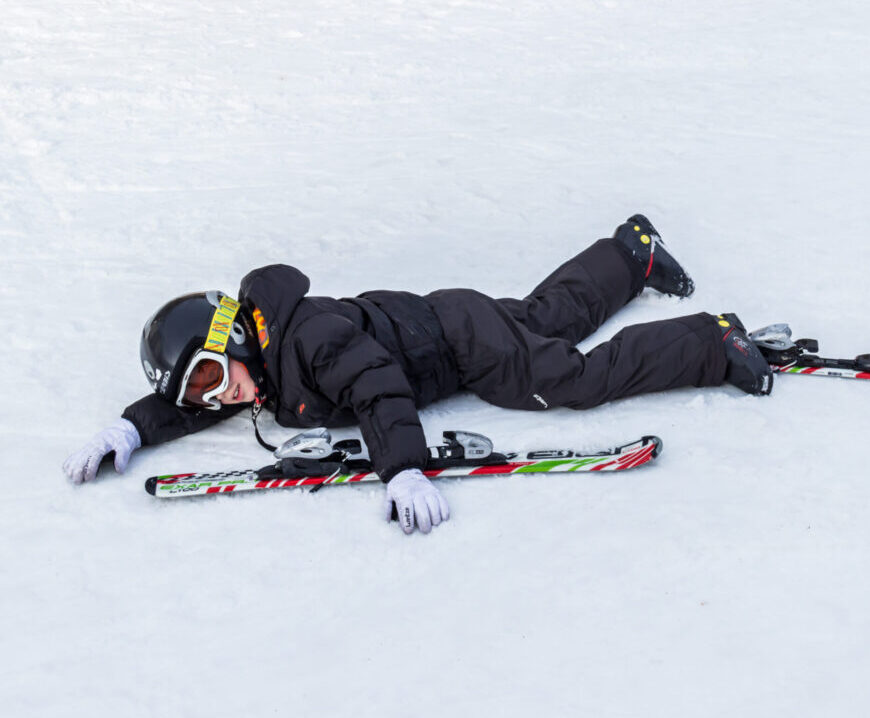
Japan: World-Class Powder, Limited Rescue Infrastructure
Japan’s resorts, especially in Hokkaido and Nagano, are famed for deep powder and tree skiing — but they also carry real medical risks. Off-piste areas in resorts like Niseko or Mt. Yotei are often unpatrolled, and if you’re injured outside the marked area, you may have to pay for rescue services out of pocket.
What’s more, Japan lacks the kind of centralised avalanche forecasting or public rescue systems seen in the Alps. GPS beacons are not widely used, and civilian locator beacons are actually restricted by law. If you’re caught in an avalanche or fall in a tree well, help may not arrive in time — especially if visibility is poor or you’re skiing solo.
North America: Excellent Care, Eye-Watering Costs
Resorts in the United States and Canada typically have well-trained ski patrols and excellent emergency departments — but the cost of accessing them can be extreme. One UK insurer recently reported that a winter sports injury in Canada cost over £7,000 in treatment alone, excluding transport or repatriation. Without the right insurance or assistance, you could face five-figure bills.
Even with good care, repatriation often becomes necessary for continued recovery, surgery, or follow-up. SkyCare regularly assists British patients leaving U.S. and Canadian ski resorts once they’re stable enough to fly home.
Budget Resorts in Eastern Europe
Destinations in Bulgaria, Slovakia, and Georgia are popular for affordable ski holidays, but medical facilities in these areas can be inconsistent. Some resort clinics lack on-site doctors or diagnostic imaging, and even a minor fracture may mean hours of waiting — or transport to a distant city hospital. If you’re travelling with children or older relatives, it’s especially important to understand what emergency care is (and isn’t) available.
When Local Care Isn’t Enough
Many British skiers assume their EHIC/GHIC card or travel insurance means everything will be covered. But in practice, the quality, cost, and speed of care vary dramatically between resorts. If you’ve suffered a complex fracture, concussion, spinal injury or medical event, being stuck in the wrong clinic could delay surgery — or leave you paying for private transport home.
That’s where SkyCare comes in. We coordinate with hospitals, airlines, and fit-to-fly doctors to ensure British patients are safely repatriated from mountain hospitals to home. Whether you need a commercial stretcher flight or a dedicated air ambulance, we handle every step — so your recovery isn’t compromised by geography.
Skiing Injury Prevention & Medical Advice
Skiing Injury Prevention & Medical Advice
Most ski injuries are avoidable — and even a few small precautions can dramatically reduce your risk. Whether you’re a beginner on your first trip or an experienced skier tackling black runs, it’s easy to overlook the basics when the snow’s good and adrenaline kicks in.
Warm up and pace yourself. Many accidents happen on day 2 or 3, when fatigue sets in. Do a few light stretches before hitting the slopes each morning, and avoid pushing through when tired — the last run of the day is when most people get hurt.
Use proper equipment and check your bindings. Ill-fitting boots, skis that don’t release properly, or using the wrong type of gear for your level are common causes of injury. Always have rental kit professionally fitted, and ask for a quick binding release test if unsure.
Wear a helmet — and use wrist guards if snowboarding. Head injuries account for up to 20% of ski trauma cases. A modern ski helmet is lightweight, warm, and could prevent a life-threatening injury. For boarders, wrist fractures are among the most common injuries — wrist guards are a simple way to prevent a ruined trip.
Stay on marked runs unless fully prepared. Off-piste skiing can be incredible — but it also carries avalanche risk and delayed rescue times. If you’re not carrying avalanche gear, trained in its use, and skiing with others, stay within the resort boundary.
Know your limits — and the mountain’s. Don’t let pride or pressure push you onto slopes that exceed your ability. Conditions change fast: a run that was soft in the morning might be sheer ice by the afternoon. Confidence doesn’t prevent collisions, but good judgment does.
Take breaks, hydrate, and fuel up. Altitude, cold air, and physical exertion all take a toll. Dehydration, low energy, and cold-stiffened muscles make you more likely to fall — or make a bad decision. Even stopping for five minutes can reset your focus.
Even if you’re skiing well within your limits, accidents can still happen. That’s why being prepared, insured, and informed gives you the best chance of avoiding serious disruption — and needing a repatriation flight home. Prevention is always better than paperwork.
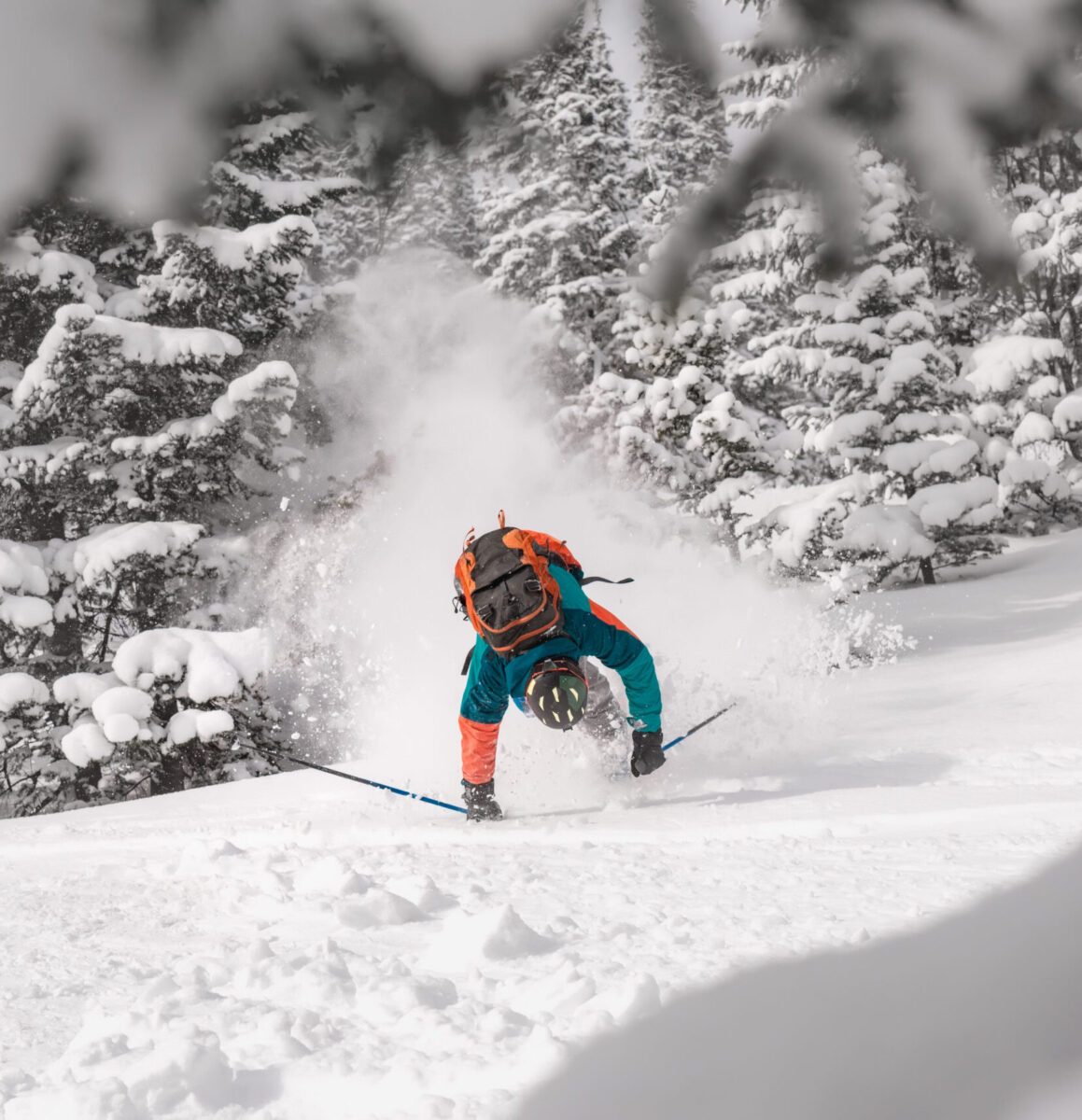
Countries We Cover
SkyCare regularly repatriates patients injured in ski resorts across Europe — including alpine emergencies, winter sport injuries, and remote-area medical evacuations. Whether you’re recovering in a local clinic or awaiting clearance to fly, we provide seamless transport home from the following regions:
Central Alps Region
We support ski and snowboard repatriations from hundreds of resorts across these countries — including ICU-level air ambulance transfers, commercial stretcher flights, and medical escort repatriations. Our multilingual teams coordinate with local hospitals, doctors, airlines and ground crews to ensure safe, swift, and medically appropriate transport back to the UK.
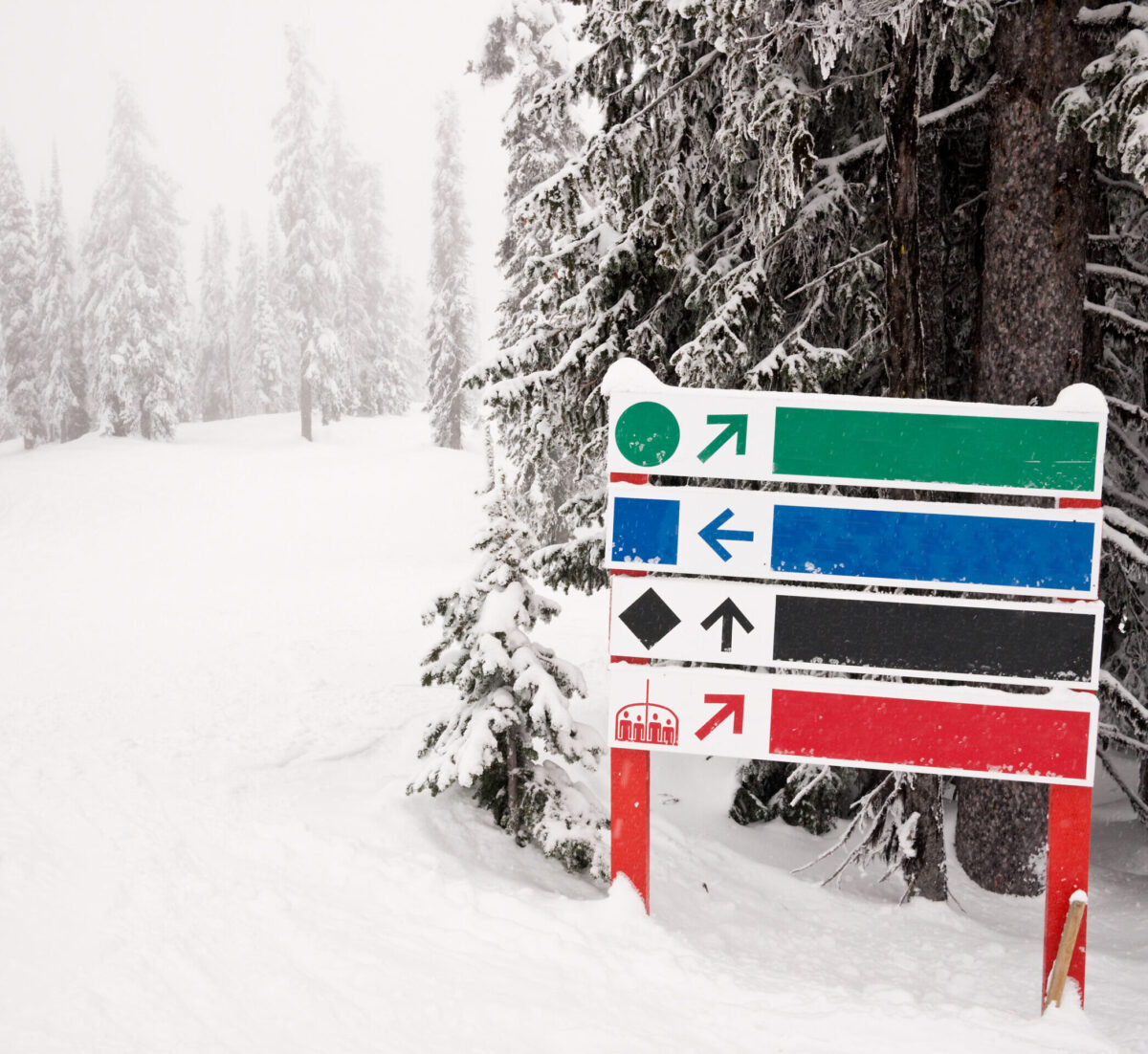
UK Skiers: Insurance, EHIC/GHIC & Medical Repatriation
UK Skiers: Insurance, EHIC/GHIC & Medical Repatriation
When things go wrong on the slopes, your recovery often depends on what cover you have — and how fast help can be arranged. For British travellers, that means understanding the limits of travel insurance, EHIC/GHIC cards, and what to do when local care isn’t enough.
While the GHIC/EHIC scheme covers basic state-provided medical care in the EU, it doesn’t include private clinics, medical repatriation, or mountain rescue. In places like Andorra, Switzerland or even France, clinic bills, ambulance transfers, and flight arrangements home can quickly run into thousands of pounds — even for a broken leg.
If you’re uninsured or underinsured, these costs come out of pocket. And if your insurer delays approval for repatriation (which happens more than you’d think), patients can be left stranded in resort hospitals while family scramble to organise help themselves.
SkyCare steps in at that point — offering commercial stretcher flights, ICU-configured air ambulances, and medical escorts to safely return injured or unwell travellers back to the UK. We handle all paperwork, liaise with hospitals, and provide doctor-led fit-to-fly assessments when needed.
Whether your insurance is slow, your care abroad feels inadequate, or you simply want to get home sooner, we can help. From the Alps to Aspen, we bring patients home safely — every week of ski season.
We repatriate from top ski destinations worldwide
— from world-renowned resorts to emerging mountain areas:
Secondary Markets
- South Korea
- India
- Iran
- Kazakhstan
- Georgia
- Australia
- New Zealand
Emerging Destinations
- Argentina
- Chile
- Morocco
- South Africa
- Lebanon
Our teams are experienced in high-altitude, remote, and emerging ski-region evacuations — ensuring ICU care or escorted returns from any location.
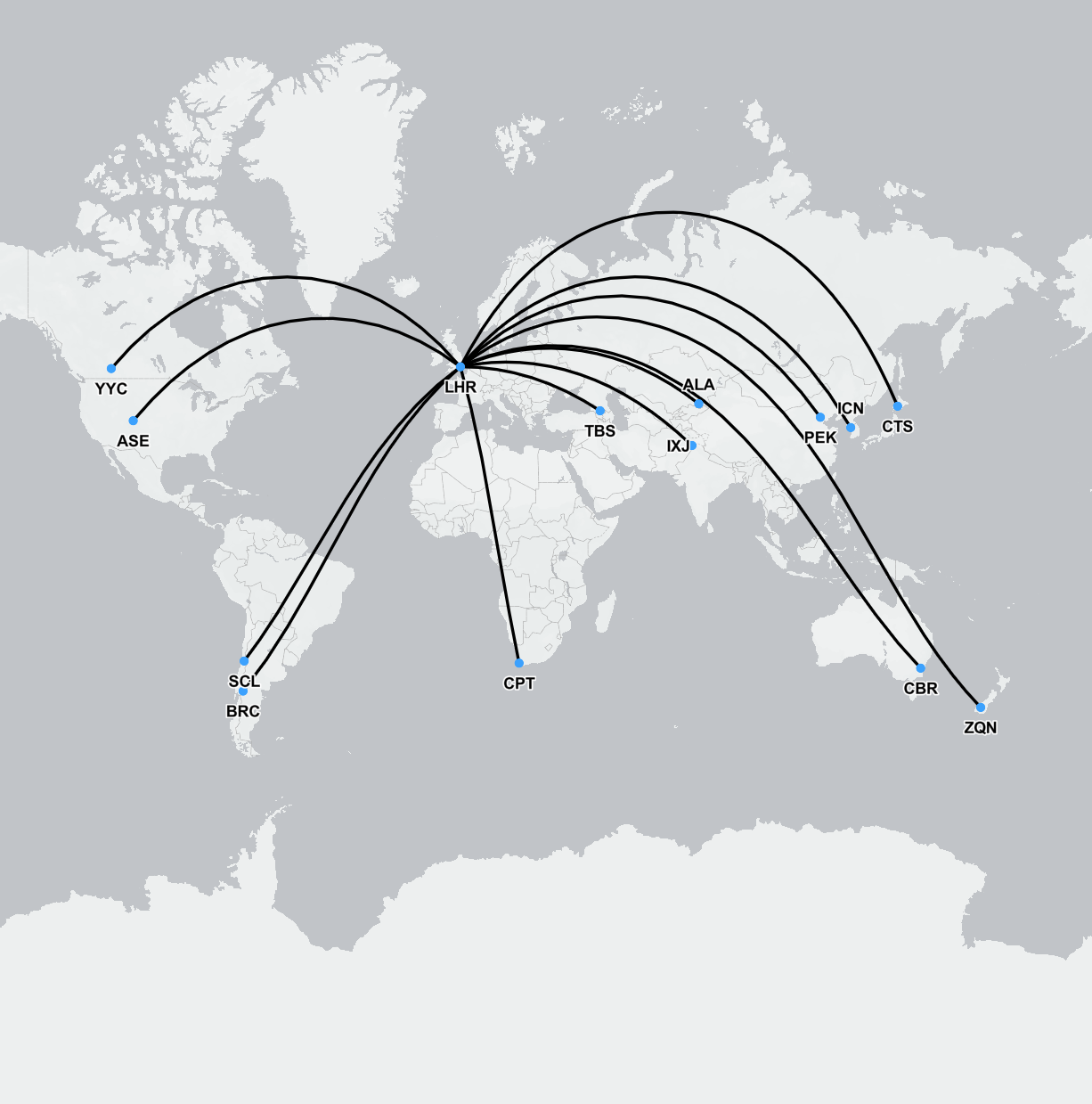
Top 10 Most Dangerous Ski Runs in the World
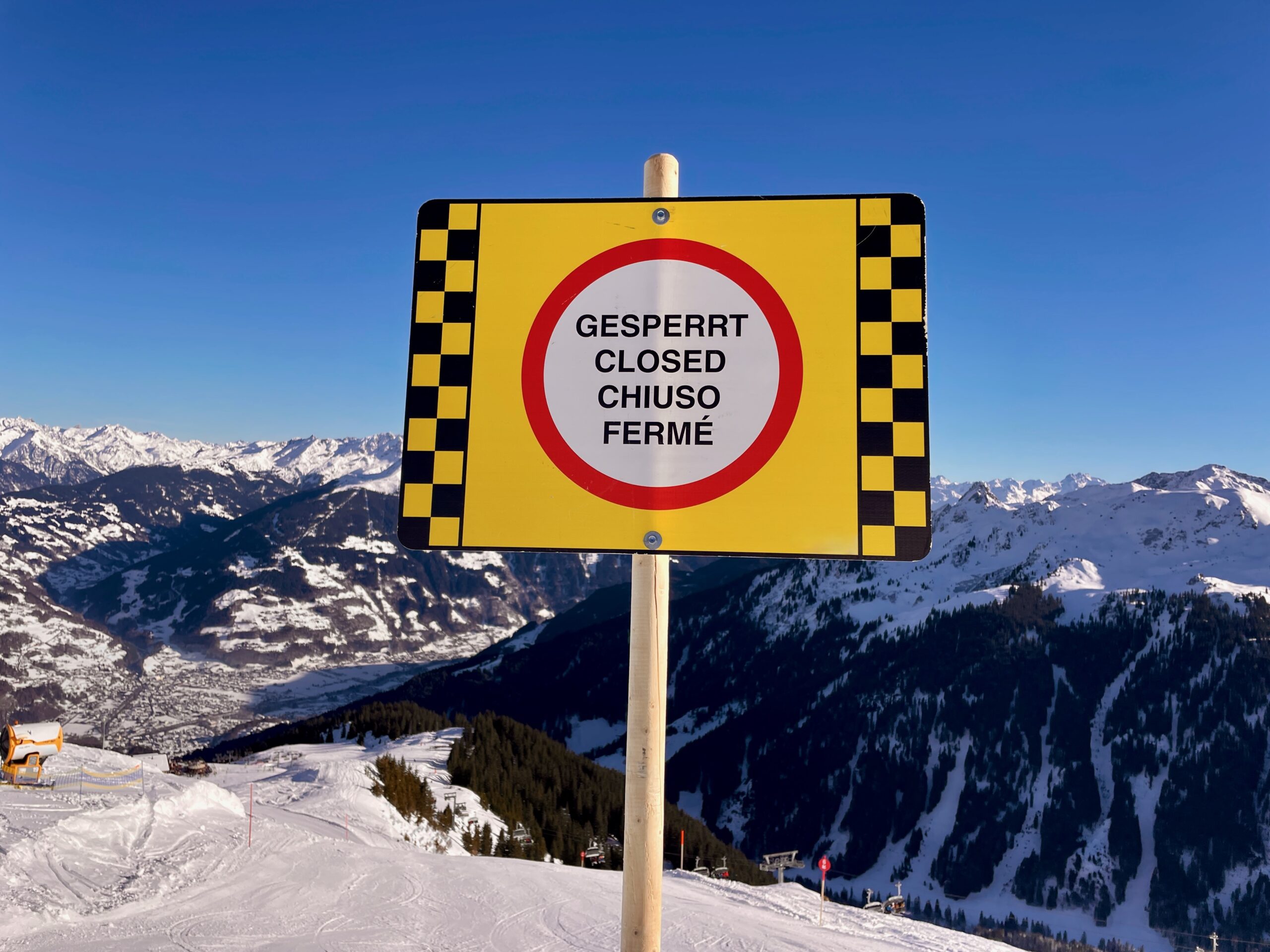
- Japanese Backcountry (e.g. Mt. Yotei, Hokkaido) – Stunning but deadly. Unpatrolled 30–45° powder slopes draw thrill-seekers, but frequent avalanches, limited rescue infrastructure, and no formal avalanche forecasting make this terrain highly risky. (Japan)
- Backside of Valluga, St. Anton, Austria – Only accessible with a certified guide, this off-piste descent starts with a terrifying ridge drop and offers no margin for error. A single misstep can lead to a 700m fall.
- Great Scott, Snowbird, USA – A deceptively short 300m run with steep 40° pitches and hidden rocks just beneath the snow. Even experienced locals treat it with caution.
- Delirium Dive, Banff (Sunshine Village), Canada – Avalanche gear is required just to enter this run. Narrow, steep, and rock-lined, it’s a controlled danger zone. One mistake can lead to disaster.
- Corbet’s Couloir, Jackson Hole, USA – A mandatory drop-in over a cliff cornice into a narrow 50° chute. Miss the landing and you tumble between rocks. Notorious as “America’s scariest ski slope.”
- La Grave, France – A raw, unmarked glacier mountain offering no ski patrol, no signage, and endless routes full of cliffs and crevasses. Not a ski run — a survival test.
- Grand Couloir, Courchevel, France – Icy, narrow, and with a steep entry point off the Saulire cable car. Even the path *to* this couloir is unnerving. Famous for its steepness and risk.
- La Chavanette (“Swiss Wall”), Avoriaz/Champery – Over 50° at the top, with towering moguls and icy conditions that send skiers sliding into each other. Visibility from the top? None.
- Harakiri, Mayrhofen, Austria – The steepest groomed piste in Austria at a frightening 78% gradient (≈38°). Icy and slick — those who fall rarely stop until the bottom.
- Streif (Hahnenkamm), Kitzbühel, Austria – The most dangerous marked ski run in the world. With gradients over 85%, the “Mausefalle” jump, and decades of high-speed injuries, it defines elite skiing risk. Helicopter rescues are routine during race season.
These runs aren’t just thrilling — they’re potentially life-threatening. Even in established resorts like Jackson Hole, Courchevel, or Mayrhofen, accidents in extreme terrain often require aerial rescue, complex triage, and transfer to major trauma centres.
SkyCare collects injured skiers from hospitals across Europe and beyond — not from the piste. If you’re heading into risky terrain, know what help is (and isn’t) available nearby. Fast extraction and repatriation planning can make all the difference after a ski accident abroad.
br
Reviewed by Dr Lee Collier – SkyCare Repatriation on 18/06/2025 | next review due 18/06/2027 | published on 18/06/2025
From fractured legs to full ICU repatriation, we handle every step — hospital to airport to home. Fast, doctor-led, and built around your recovery.
Injured on the Slopes? Let SkyCare Bring You Home Safely
Explore repatriation options from popular ski destinations — including France, Austria, Switzerland, Italy, and beyond. We collect patients directly from resort clinics, valley hospitals, and mountain towns across Europe and worldwide.
Ski Resort Medical Flights by Country
Feedback
What our clients say.
Accreditations
International Assistance Group (IAG) accredited
AOC (Air operator certificate) #2480

British Business & General Aviation Association
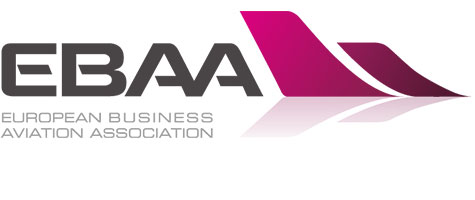

 SkyCare
SkyCare 